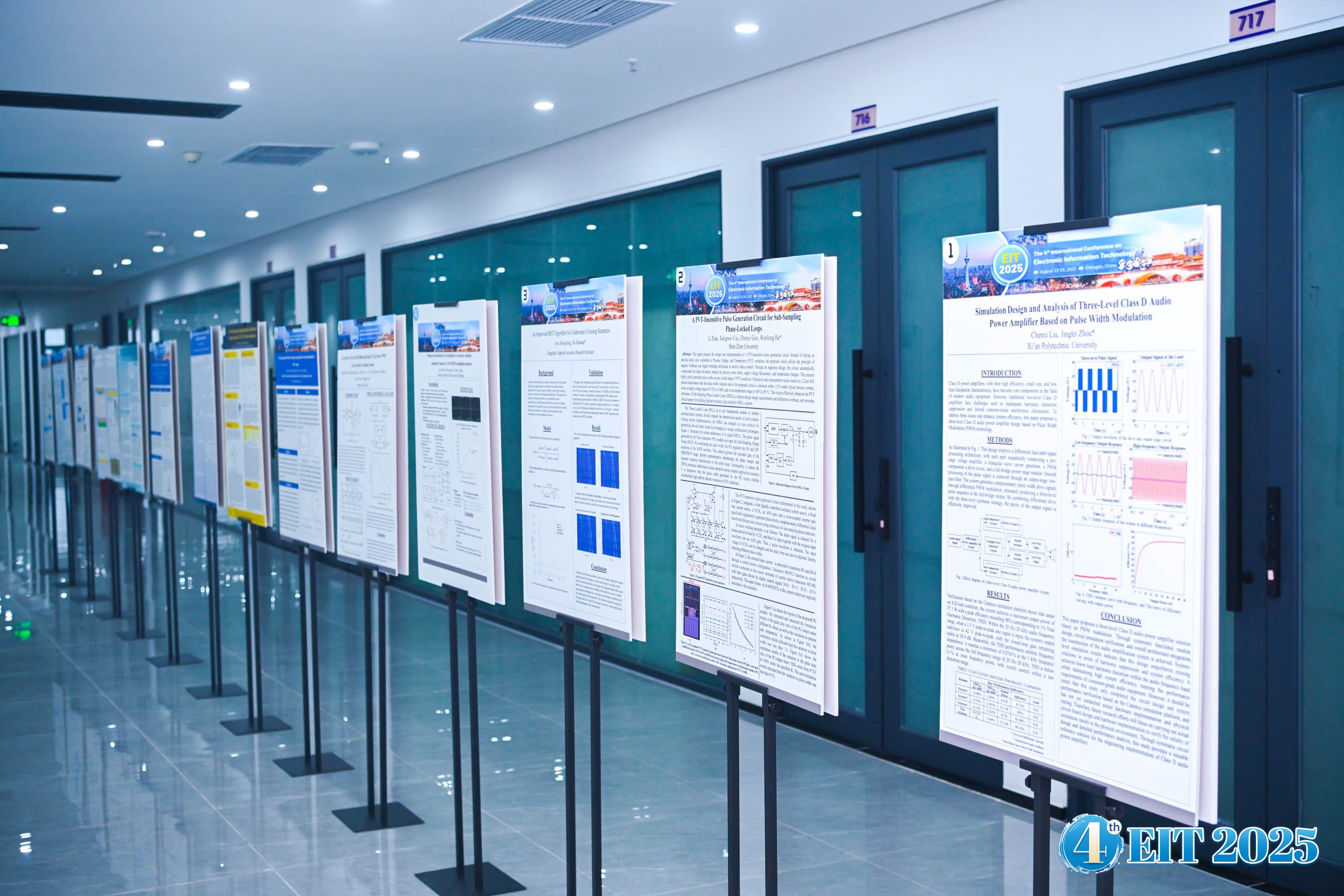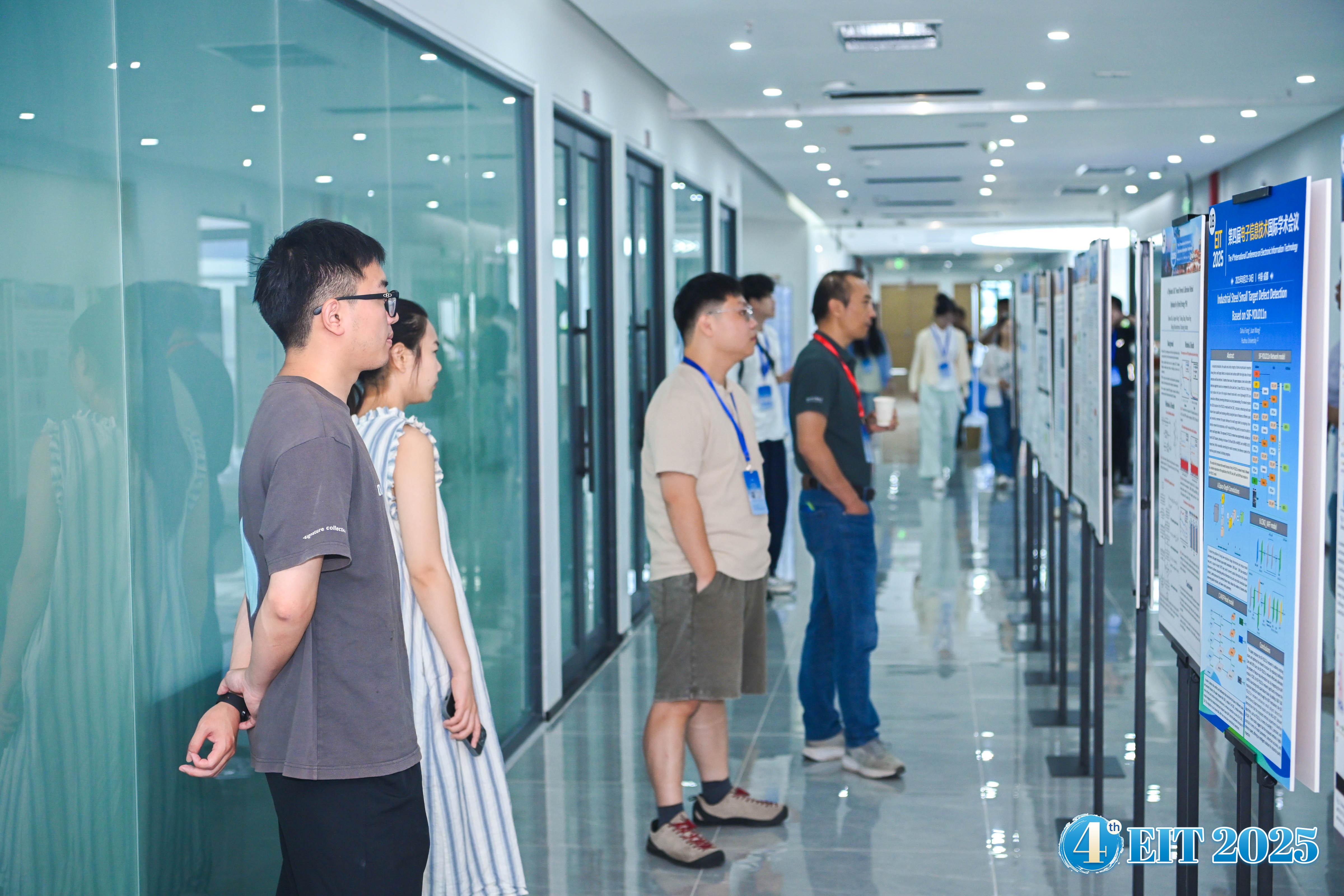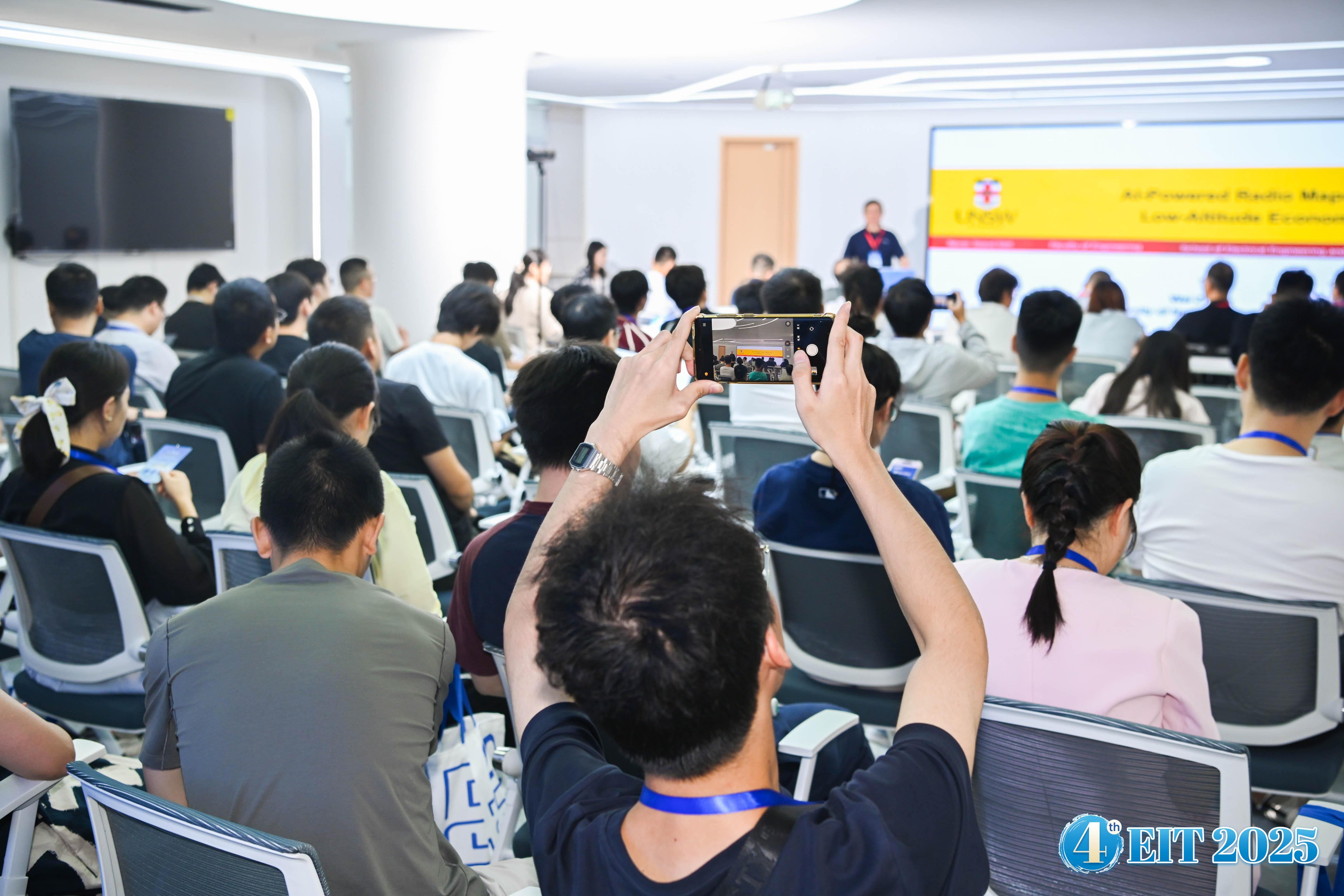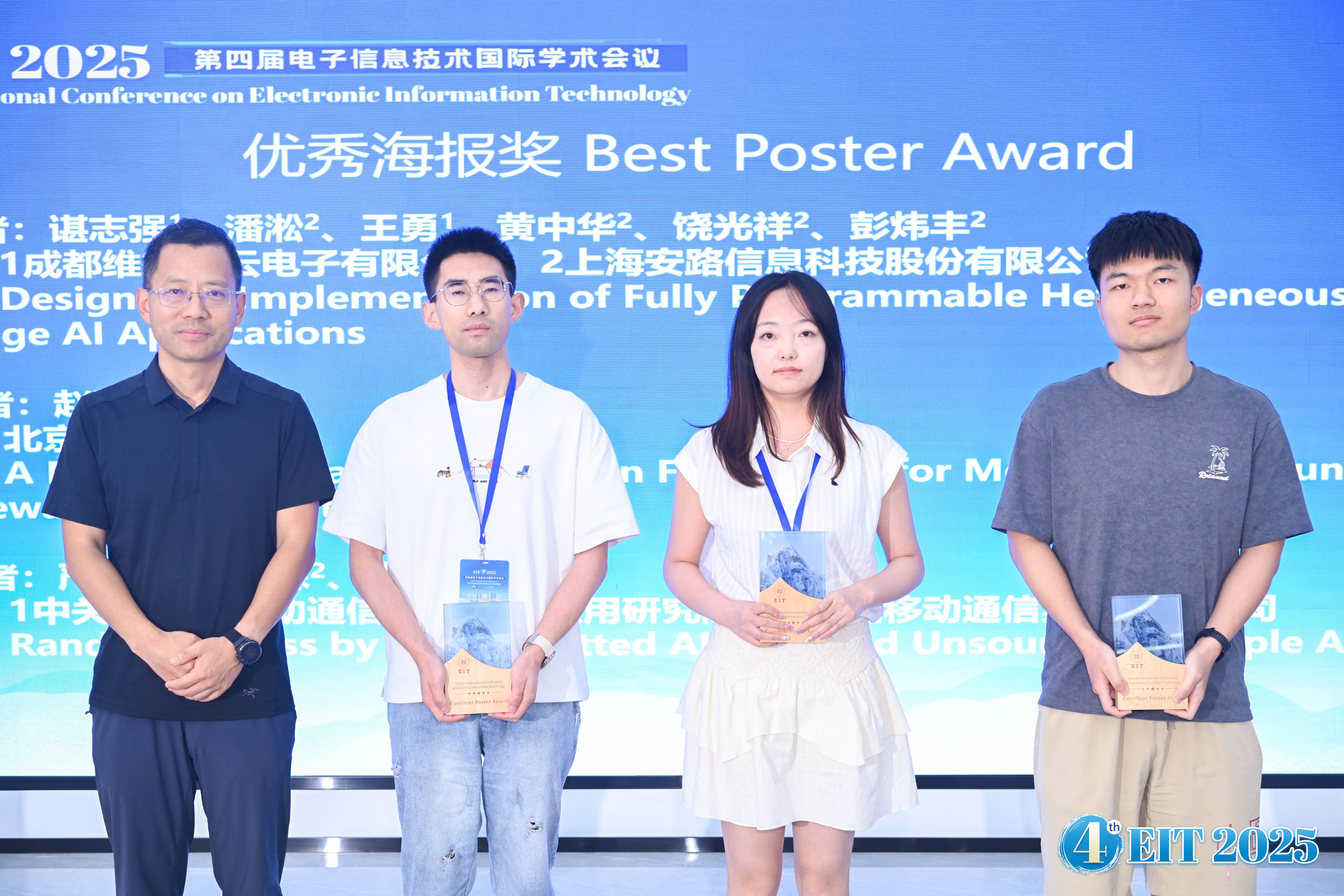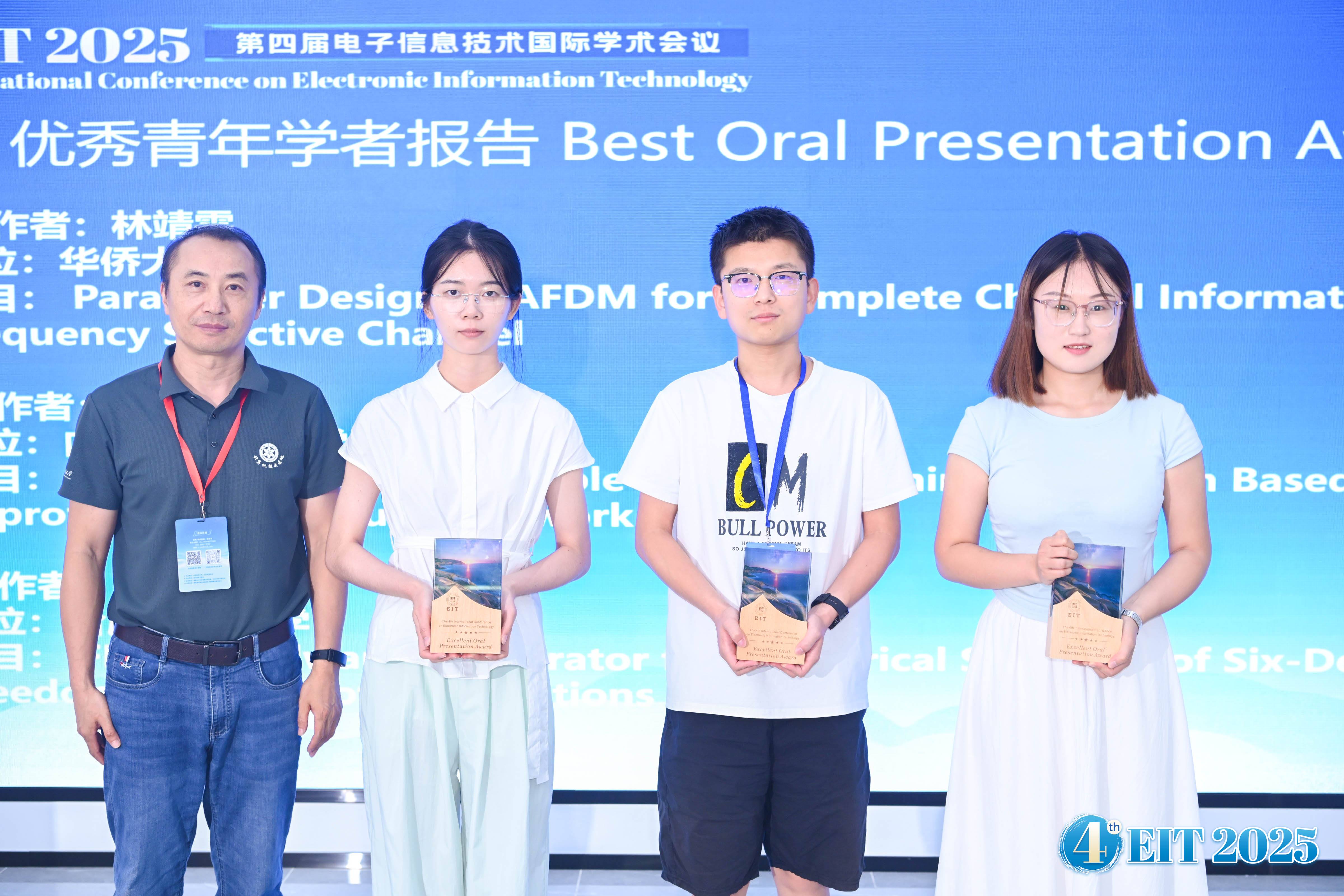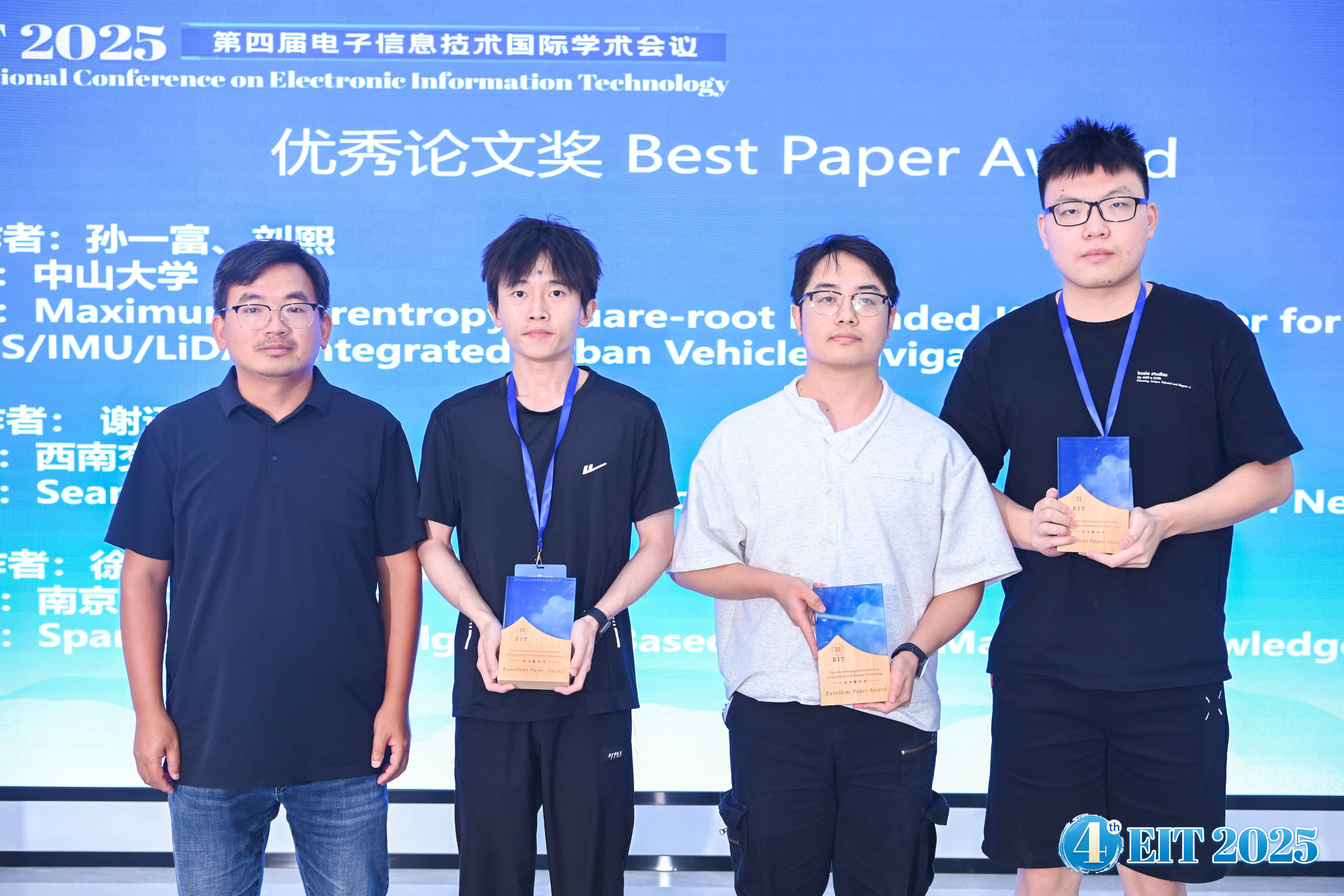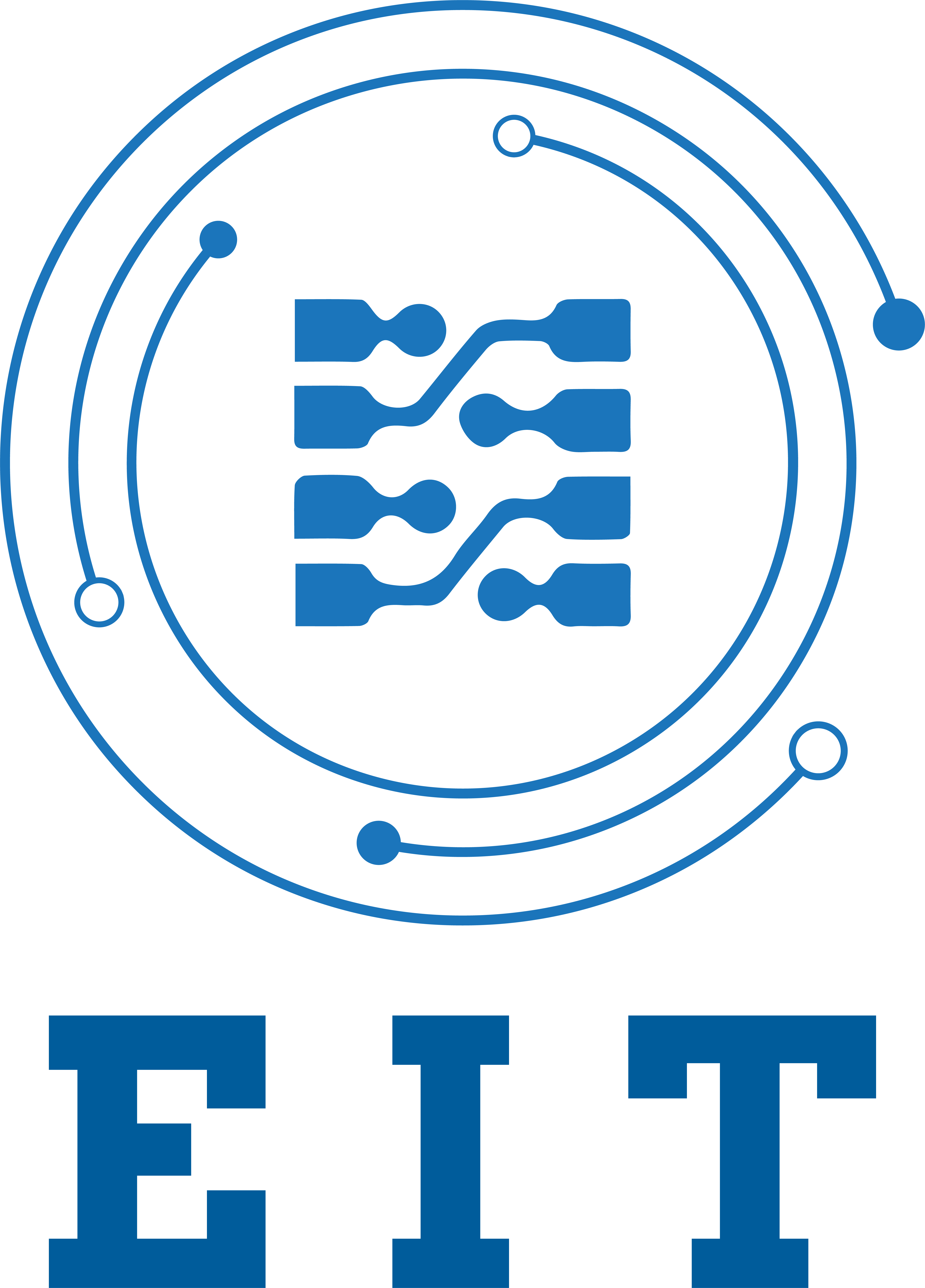EIT 2025

From August 22 to 24, 2025, the 4th International Academic Conference on Electronic Information Technology (EIT 2025) was grandly held and successfully concluded in Chengdu. The conference was jointly organized by the University of Electronic Science and Technology of China and the IEEE Chengdu Section. It brought together numerous experts and scholars from domestic and international electronic information fields to jointly explore the latest research achievements and development trends in the discipline.
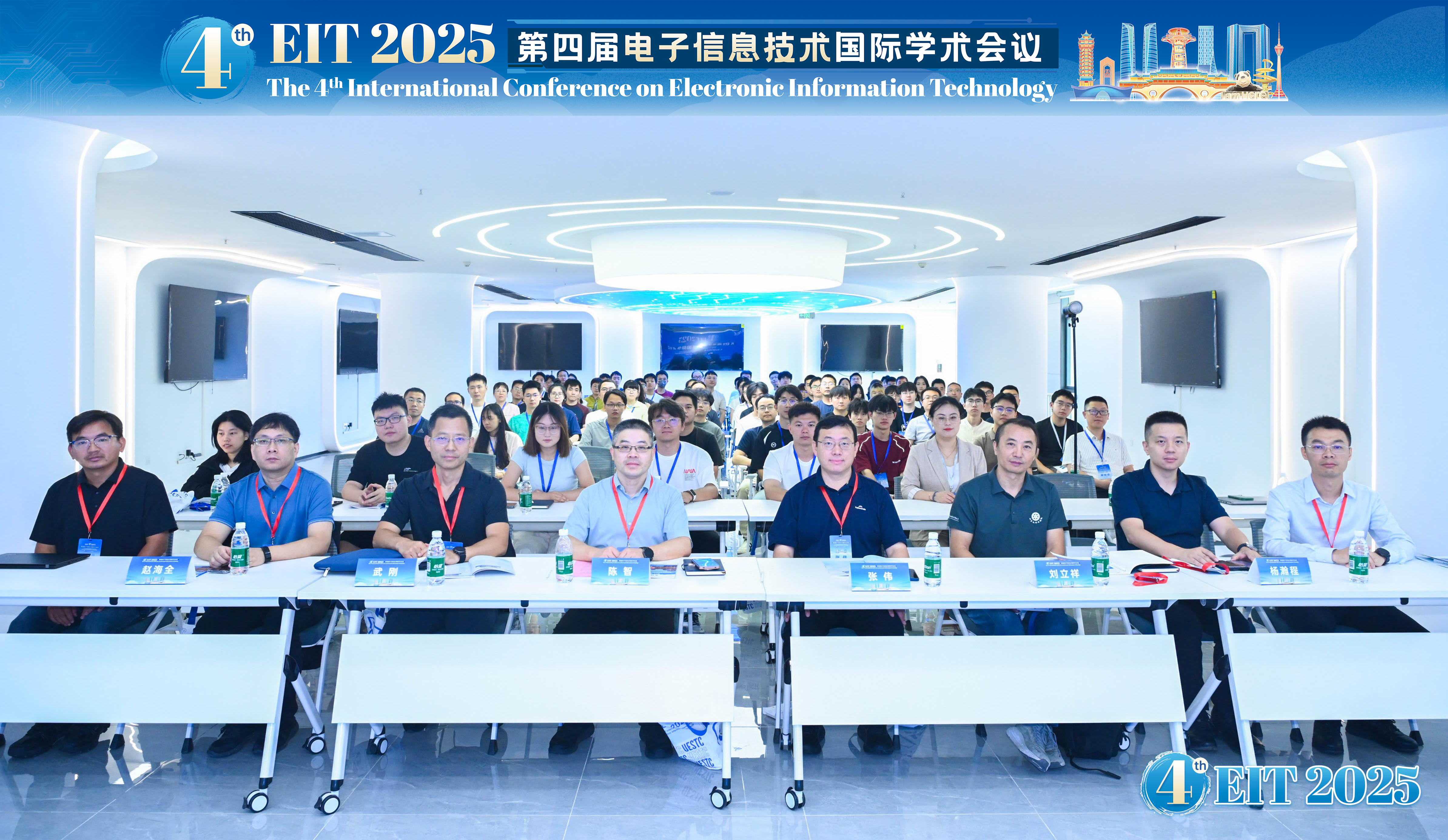
At the opening ceremony of the conference, Professor ZhiChen, Vice Director of the National Key Laboratory of Wireless Communication at the University of Electronic Science and Technology of China, delivered an opening address. He warmly welcomed all the distinguished guests and emphasized the important role of electronic information technology in promoting scientific advancement and industrial development.
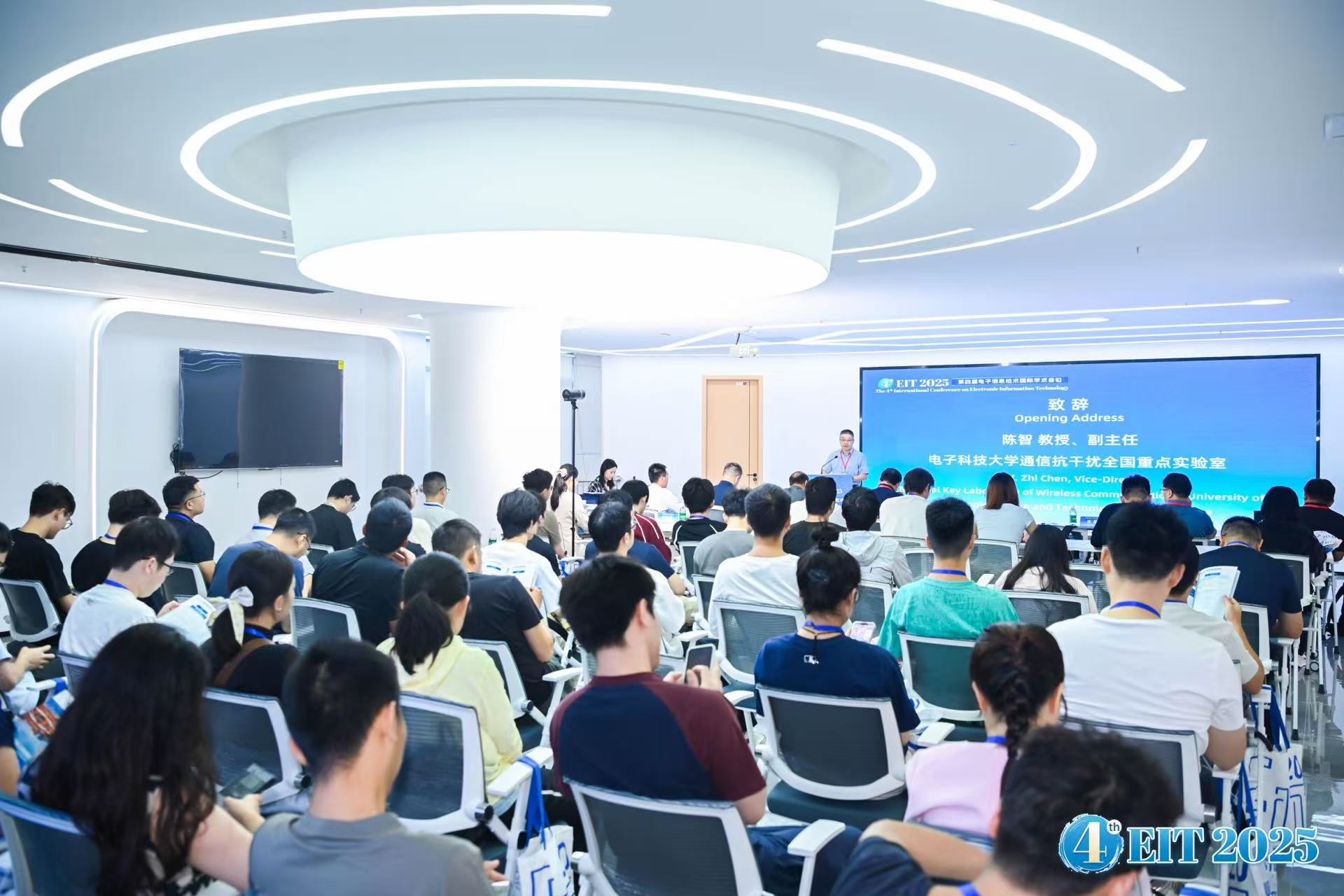
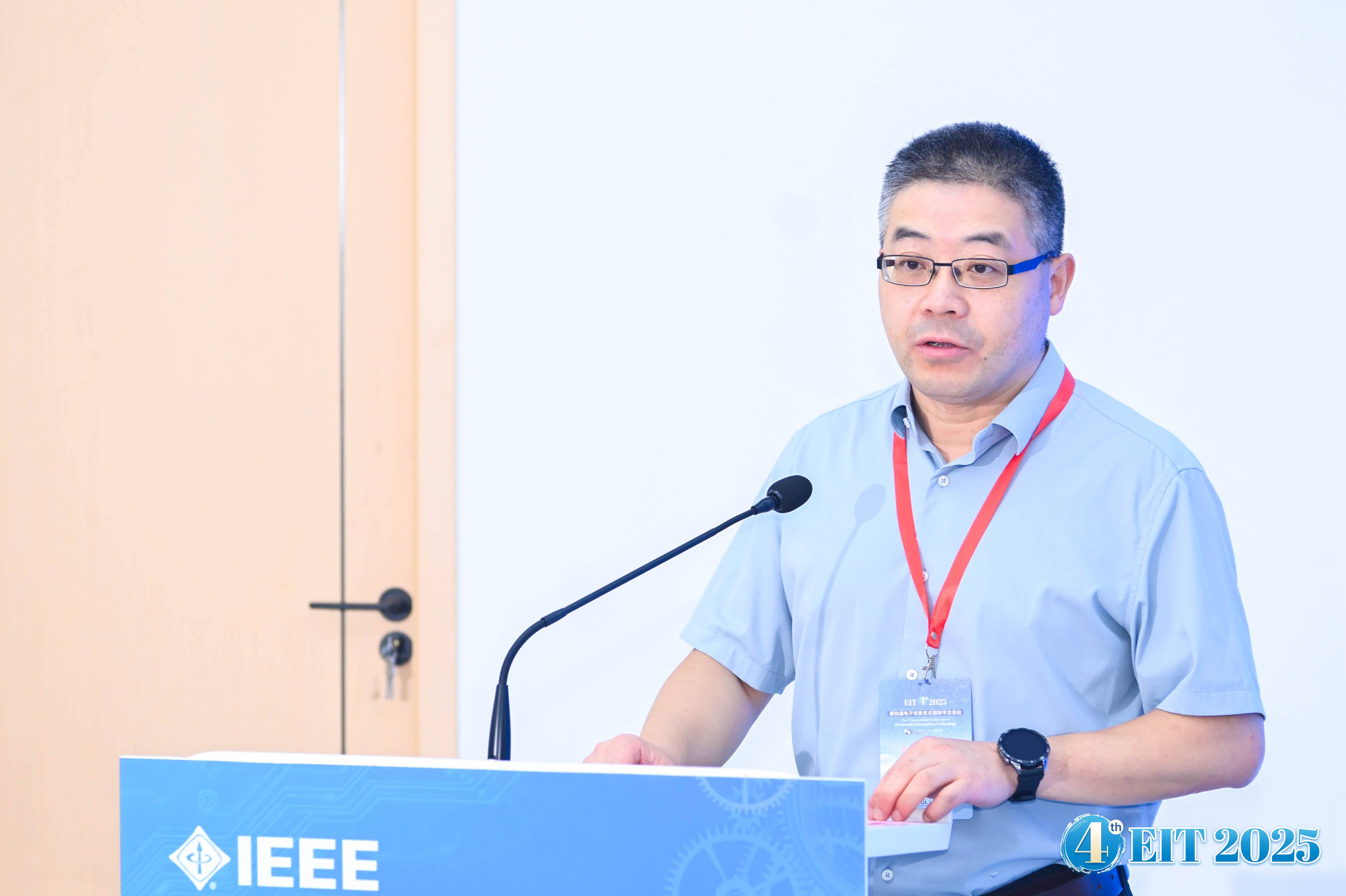
During the conference, Professor Wei Zhang from the University of New South Wales, Australia, provided an in-depth analysis of new pathways for the deep integration of AI technology with the low-altitude economy. Professors Gang Wu and Ping Yang from the University of Electronic Science and Technology of China respectively presented their latest research achievements on "Partial-Sampling based Semantic Communications and Distributed Hierarchical Resource optimization" and "Multifunctional Waveform Design and Positioning Algorithm for Future Low-Altitude Economy", showcasing the revolutionary potential of semantic-level communication and waveform optimization in 5G/6G and IoT applications. Professor Haiquan Zhao from Southwest Jiaotong University and Professor Lixiang Liu from the Institute of Software, Chinese Academy of Sciences, focused on shallow neural network model optimization and intelligent networking technologies for complex constellations, offering innovative solutions for future communication network architectures. These outstanding presentations sparked enthusiastic discussions and deep reflections among attendees, promoting a closer integration between academia and industry.
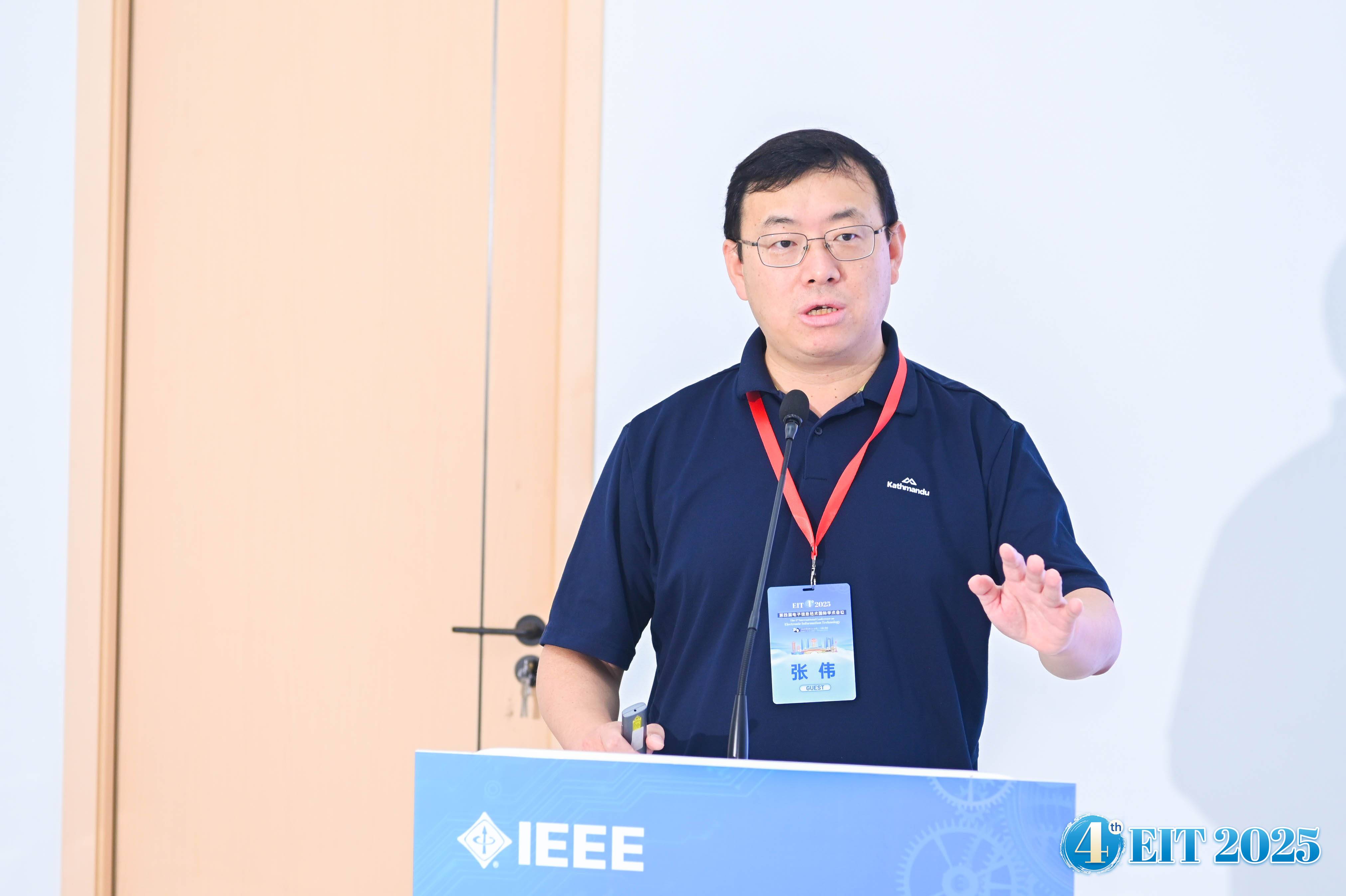
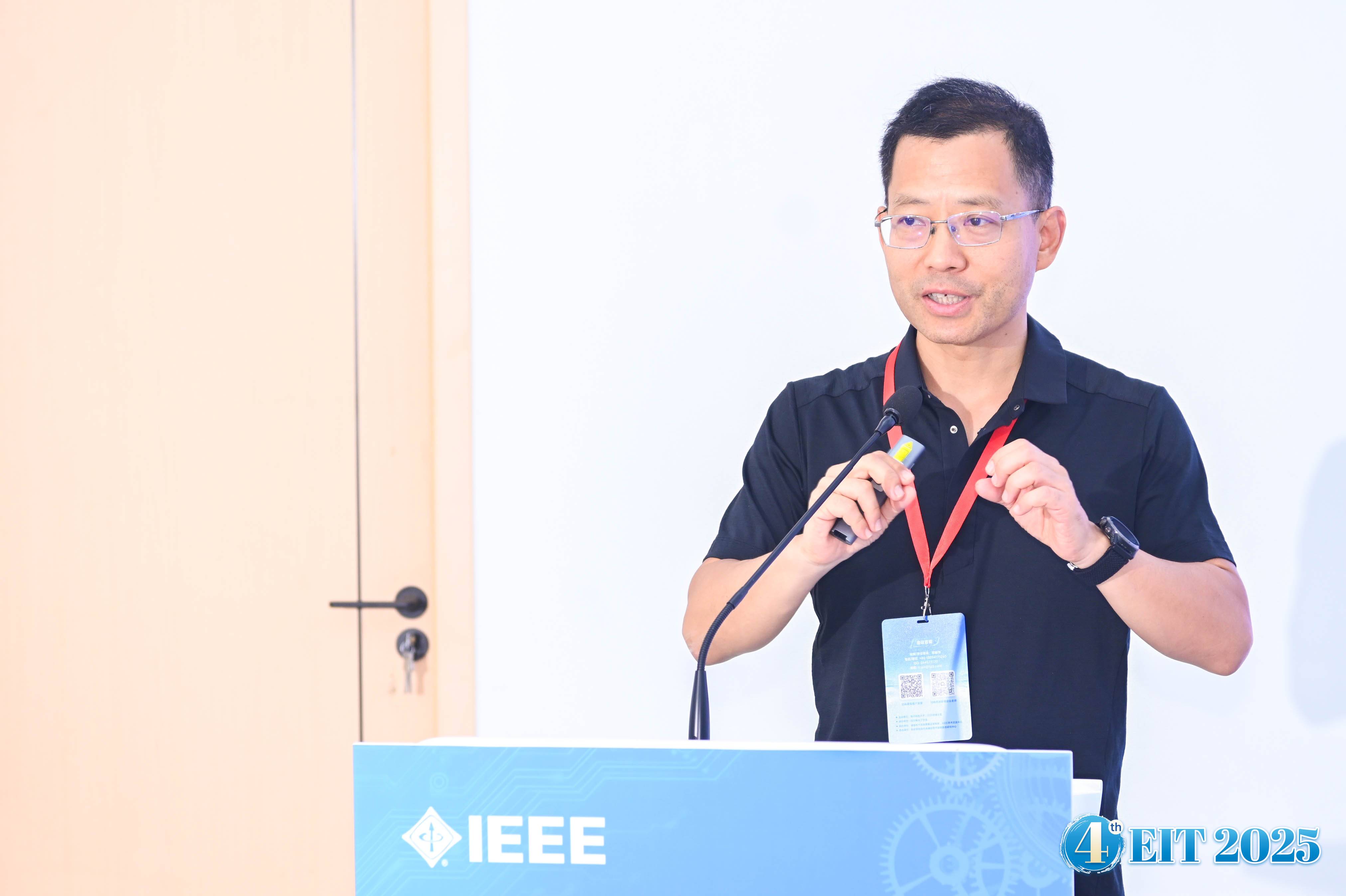
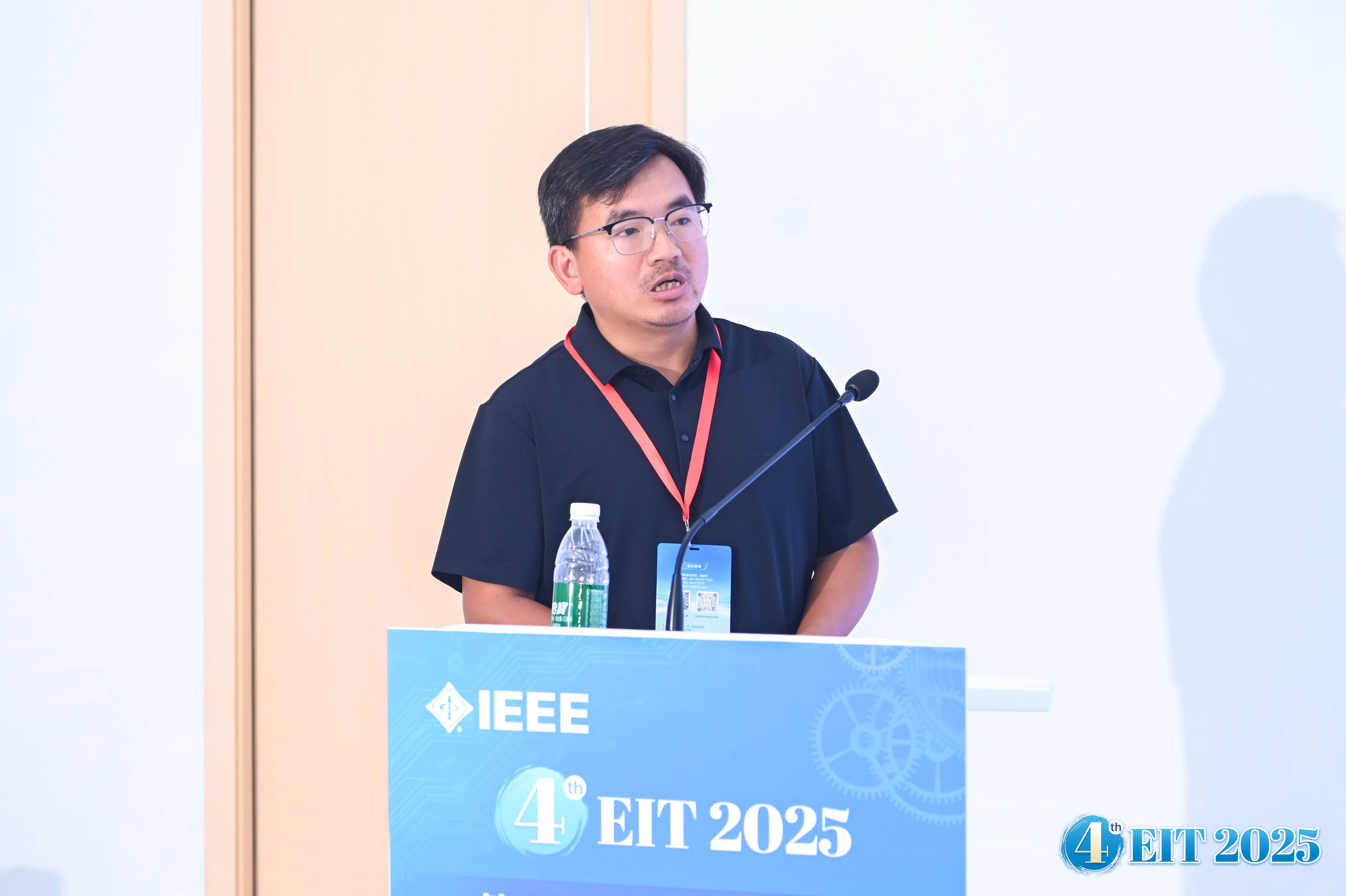
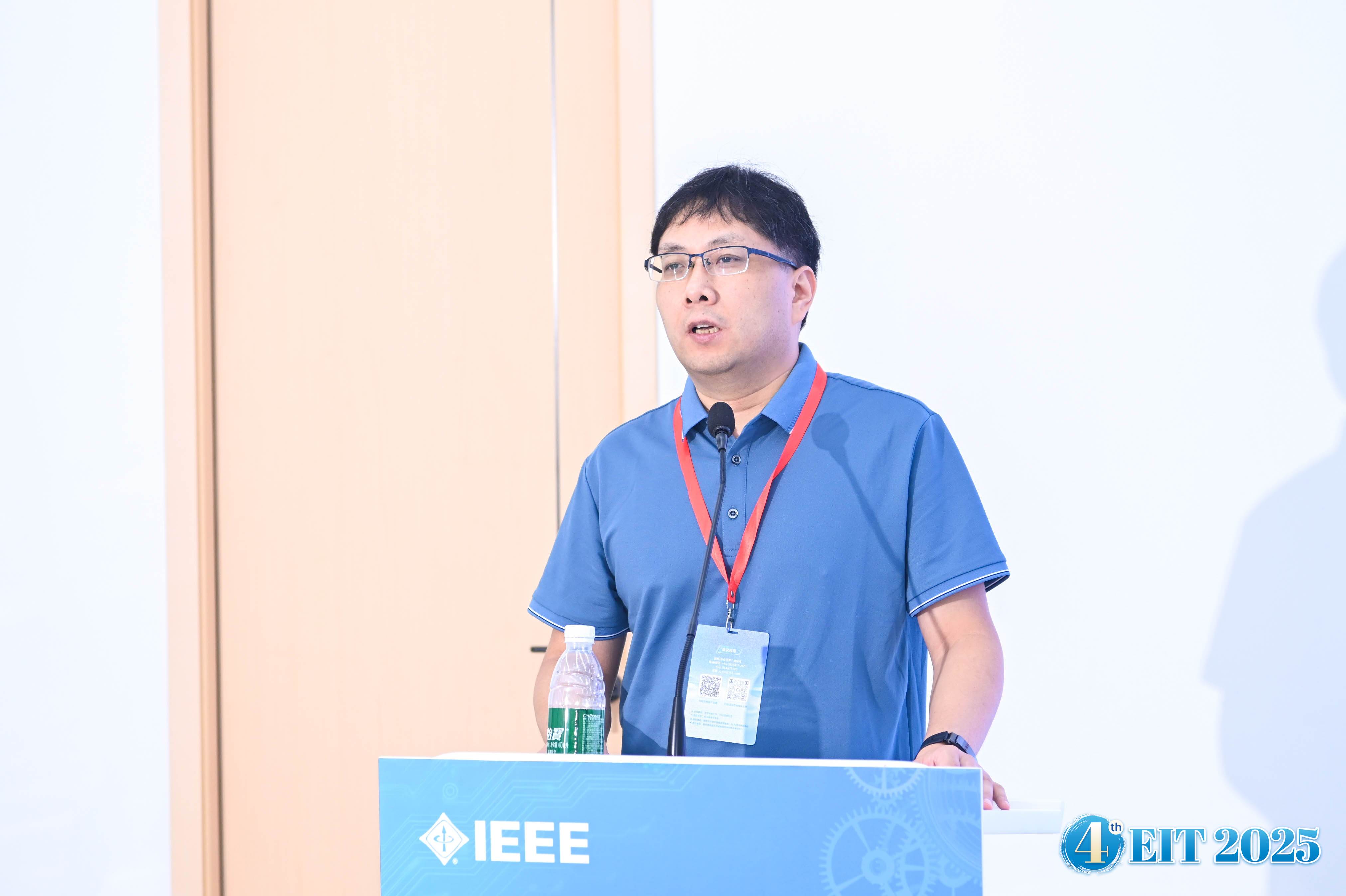

This conference specially featured 17 presentations by young scholars and 28 poster displays with mutual evaluations. Additionally, there were awards for Excellent Oral Presentations,Excellent Posters, andExcellent Papers Award, recognizing and encouraging the sharing and dissemination of innovative research achievements and promoting in-depth academic exchange.
